Why Mining?
Mining is essential to our way of life today and the world we want to create tomorrow. Choose a career in mining and help Canada be the world leader in safe, responsible mining. And be part of achieving a secure low carbon future.Mining Drives the Economy
Major mineral and metal discoveries and mine development in the 20th century underpinned Ontario's rise to the status of Canada’s most populous and wealthiest province, and supported Canada's development as an industrialized and globally competitive nation.
Today, 36 active mining operations across Ontario deliver $15.7 billion in annual mineral production value. In 2023, the mining sector directly contributed $23.8 billion to Ontario’s GDP—almost 3% of the total—with an additional $8 billion in indirect contributions. Capital investments totaled $5.2 billion, fueling job growth and economic prosperity.
Gold was the province’s top mineral by value in 2023 at $6.5 billion, with nickel following at $2.5 billion. Ontario produced nearly 90 tonnes of gold, accounting for about 3% of global production, and gold reserves have increased by 165% since 2000.
Ontario is home to 30 significant exploration projects and had 364,531 active mining claims by the end of 2024. In 2023 alone, exploration spending reached $976 million, representing 23% of Canada’s total.
25% of all goods exported from Ontario are domestic mineral exports. In 2023, we exported $64 billion in mineral and metals products, including $42 billion to the United States.
Mining Offers Rewarding Jobs
The sector supports almost 150,000 jobs across the province, and average compensation in mineral extraction is $149,661 per year—nearly double the provincial average.
This sector promotes equity, diversity, and inclusion, with companies implementing policies to increase participation from women, Indigenous Peoples, People of Colour, and other historically underrepresented groups.
Mining for minerals and metals – from gold and nickel to cobalt, copper and more – benefits all regions of Ontario. It creates jobs and stimulates growth in related industries. It also fosters local entrepreneurship, enhancing community resilience and contributing to overall prosperity across the province.
Mining is Safe
Safety is a core value of Ontario’s miners. Since 2020, the lost time injury rate for mining, quarrying, and oil and gas extraction has averaged 17% below the all-industry rate. Ontario continues to be recognized as one of the safest mining jurisdictions in the world, and mining remains one of the safest industries in the province.
Mining Builds a Better World
Responsibly mined minerals and metals are essential building blocks of modern life. They are the first irreplaceable link in strong supply chains for advanced technologies and energy solutions. From kitchen appliances and smartphones to renewable energy systems and medical devices, Ontario’s mining industry provides the raw materials that shape our lives and support the transition to a cleaner, more sustainable future.
In 2023, Ontario produced $6.4 billion in critical minerals at nine mines and ten processing facilities, including cobalt, copper, indium, nickel, platinum group elements, selenium, tellurium, and zinc. The province also has more than 25 advanced critical mineral projects that include processing and recycling.
Efforts to deploy renewable energy technologies are directly linked to the ability to responsibly source the minerals used to make wind turbines, solar panels, EV batteries, and electrical grids—many of which are mined in Ontario.
Mining Disrupted
Technology has revolutionized every stage of the mining process. Developments in digital tools, robotics, analytics, and autonomous operations have created major opportunities for efficiency, safety, and sustainability.
Ontario miners are leaders in clean tech adoption, pioneering the use of autonomous trucks and battery-electric vehicles, and deploying innovation well ahead of other industries. Investment in R&D is improving environmental performance, working conditions, and cost efficiency.
Best practice guidelines, developed through collaboration between academia, Indigenous experts and industry, ensure that land reclamation restores healthy ecosystems, and future climate conditions are considered throughout the mining cycle.
Who do you want to become?
Are you looking for a financially rewarding career? Do you seek adventure and skills development? Do you enjoy solving interesting problems as part of a team? Do you want to make a difference by supporting Canada’s efforts to deliver a clean, green, and bright future?
It’s time to discover your place in Ontario’s mining industry.
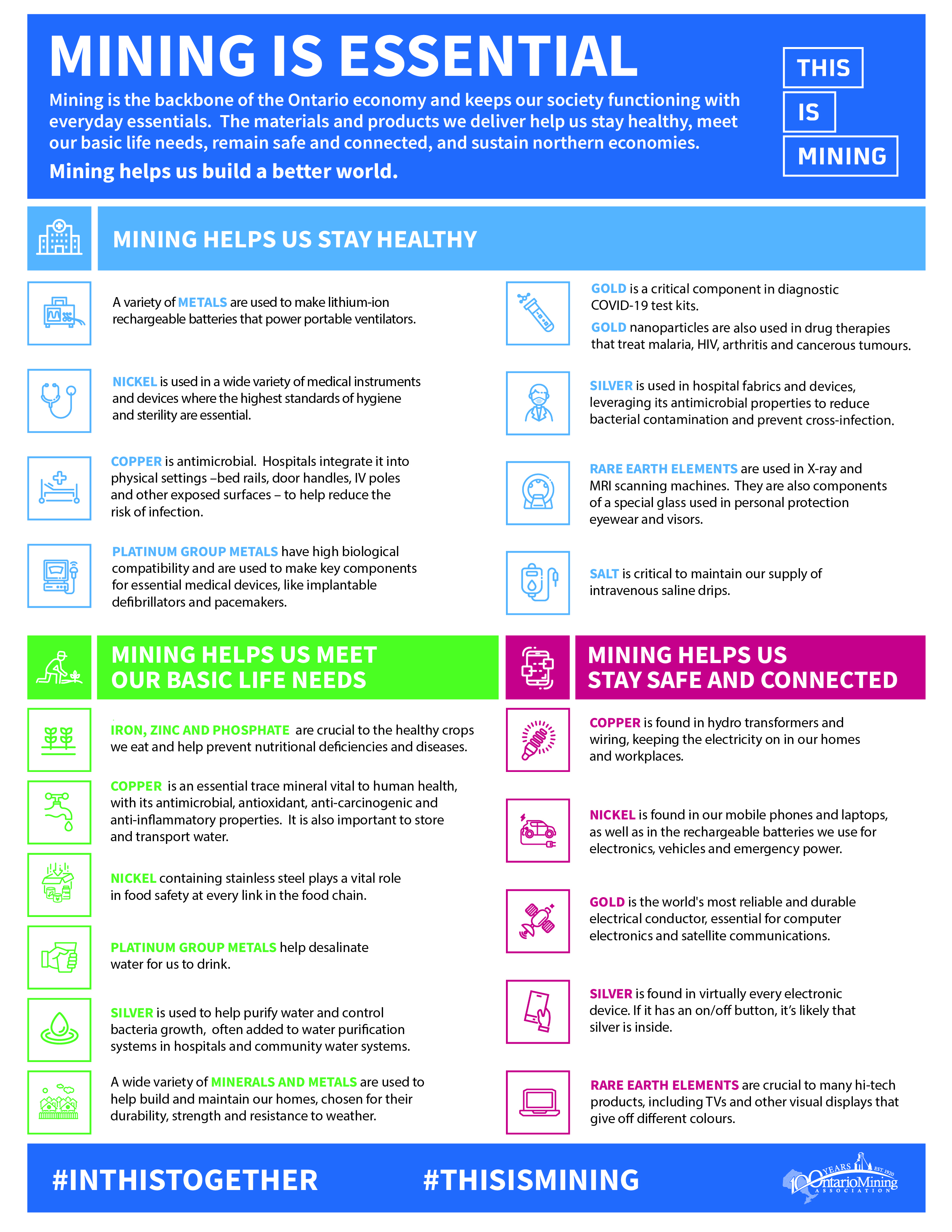
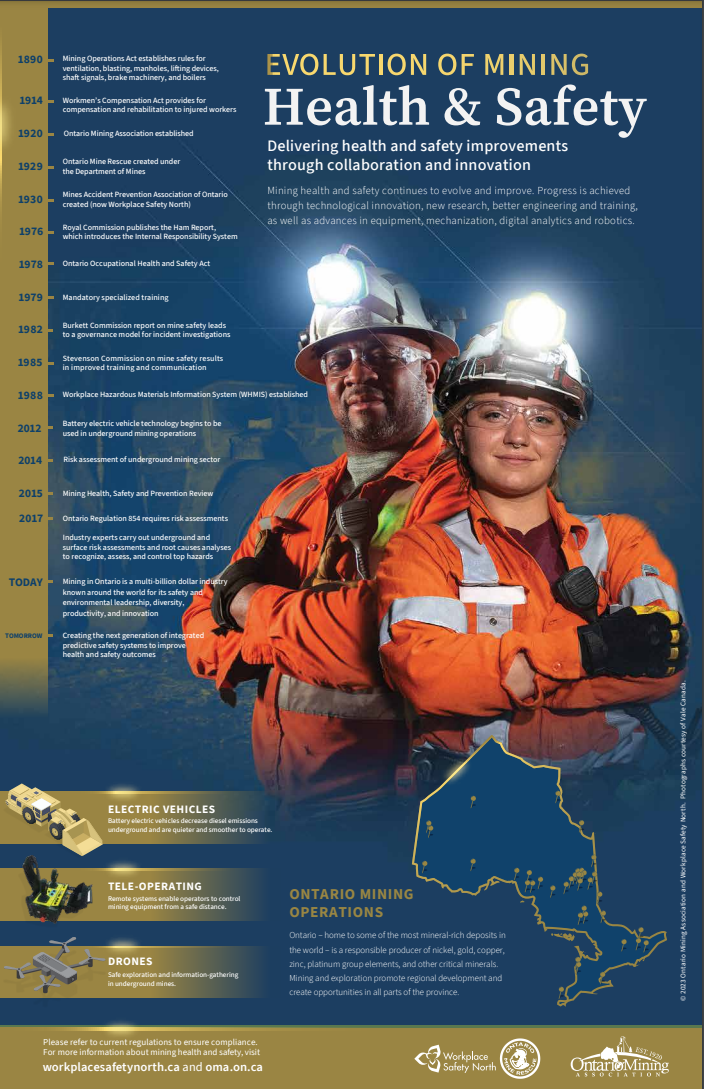
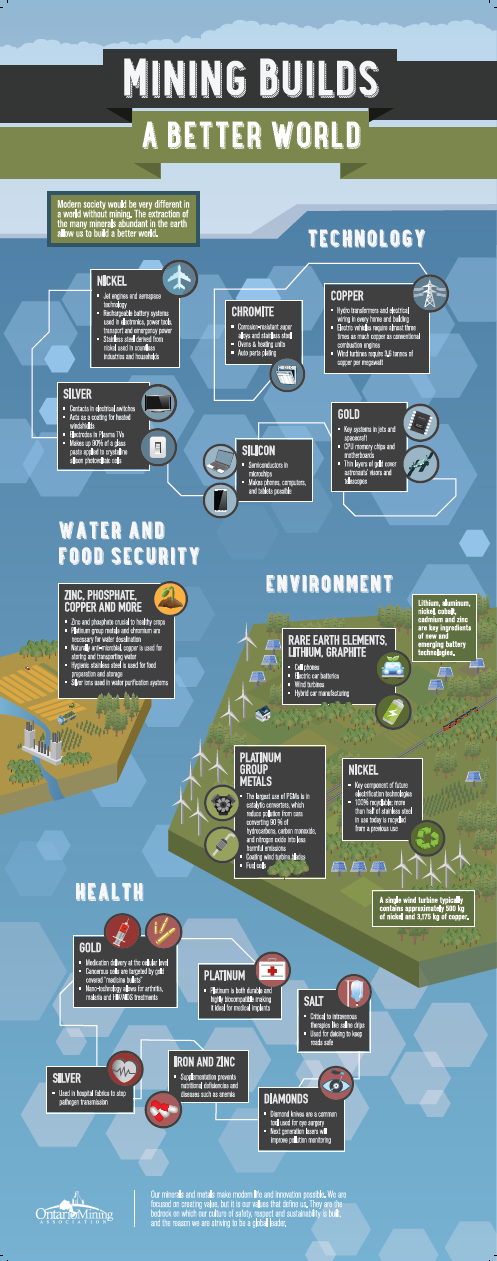
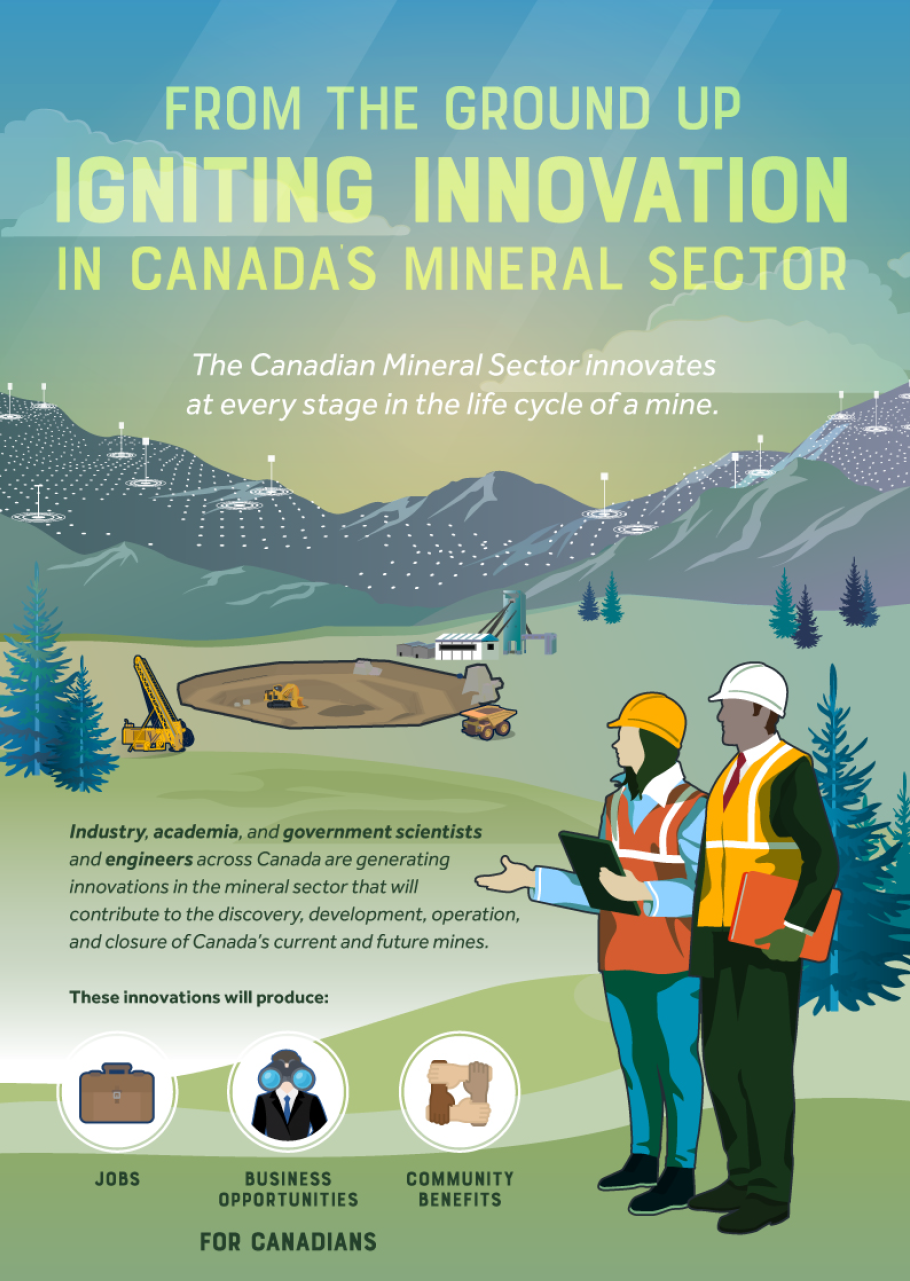
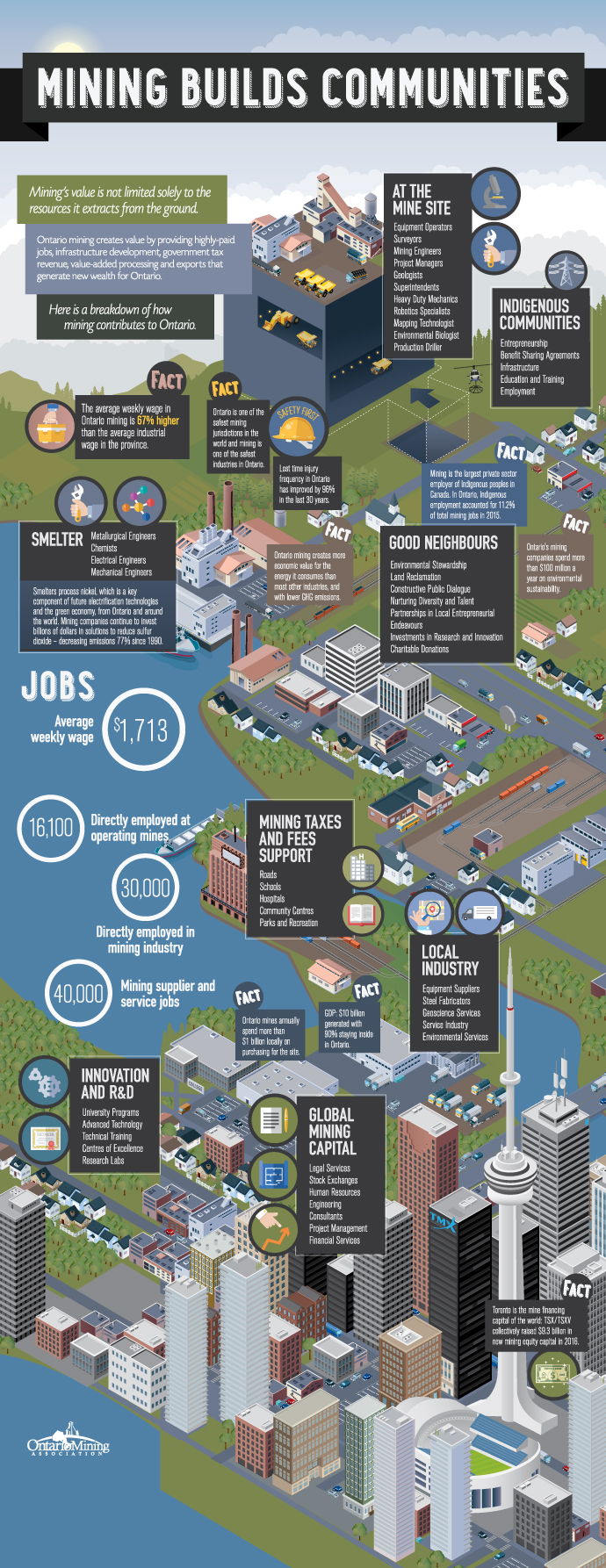
Societal Impact
Mining has helped to build Ontario. What began as small mining camps have grown into vibrant communities such as Sudbury, Timmins, and Thunder Bay, which provide a high quality of life for mining families and support a sizeable mine supply and service cluster.
In 2023–2024, Indigenous representation in Ontario’s mining workforce reached 12%, compared to just 3% across the overall provincial workforce. The industry is engaged in 142 active agreements with Indigenous communities, including exploration and impact benefit agreements, as well as government revenue sharing initiatives.
Ontario’s mining industry creates an equitable, diverse, and inclusive environment. In 2016, the workforce included 13% women, 9% Indigenous people, and 6% visible minorities, and almost 70% of Ontario Mining Association (OMA) members report having gender diversity and equity targets for leadership roles.
In addition to providing jobs, mining companies invest in infrastructure, education, health care, environmental programs, and cultural initiatives. These contributions trigger sustainable development that continues long after mining ends.